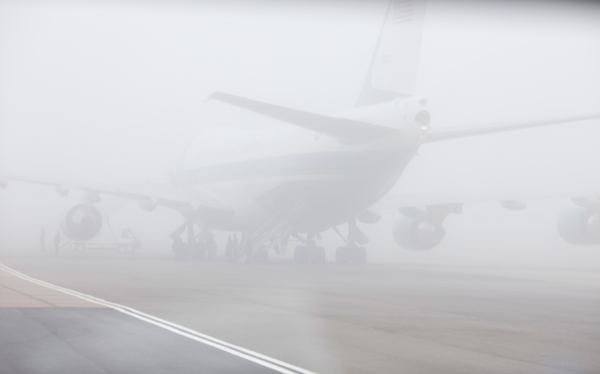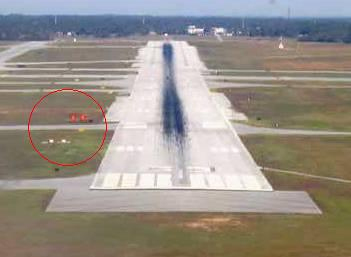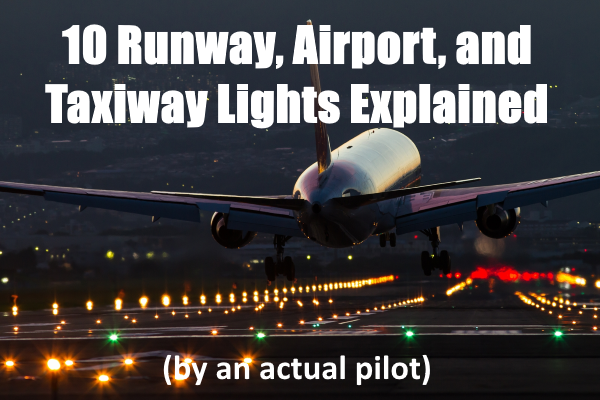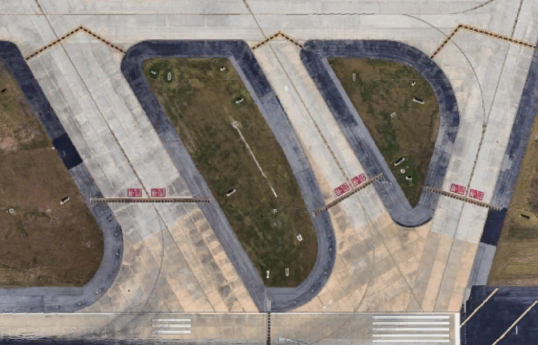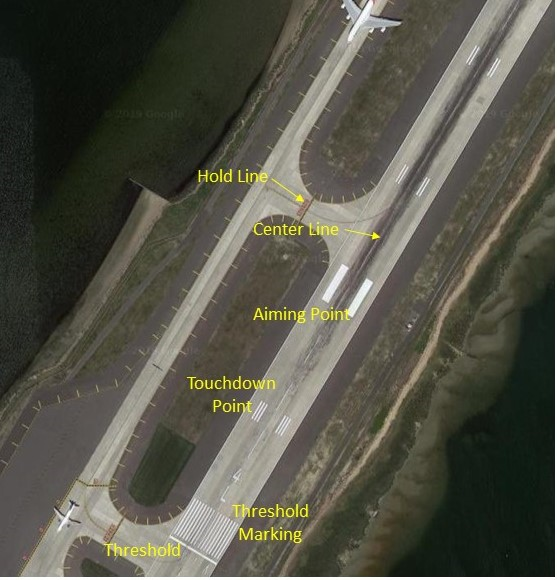RVR stands for Runway Visual Range and is the most accurate observation method used in determining how far a pilot will be able to see horizontally down the runway. Why Does Visibility Matter So Much? Pilots need to know what the visibility is at an airport for a variety of reasons. Visual pilots need to Read More…
Airports
Visual Approach Slope Indicator (VASI) Explained
Most people, both pilots and passengers alike, will judge the flying skills of a pilot based on how smoothly they can put the aircraft down on landing. Performing the perfect landing starts off by making a perfect approach. Making a perfect approach can be made much easier by taking advantage of everything installed at the Read More…
10 Runway, Airport, & Taxiway Lights Explained
Airport lighting, to be used to guide and inform pilots, can vary widely from one airport to the next. First, high-volume commercial and international airports have a variety of lighting systems to guide aircraft to the touchdown point, and to control ground traffic approaching the runways via taxiways. Smaller municipal, county, and private airports will Read More…
Taxiway Markings, Signs, and Lights Explained
Like runway markings, taxiway markings are standardized throughout the world. A quick look at the layout of Atlanta Hartsfield International Airport demonstrates the need for clear and consistent markings and signs to allow flight crews to navigate to and from any one of the runways. It is important that pilots understand taxiway and runway markings Read More…
Runway Markings Explained
As pilots taxi to or from takeoff or landing, especially at major commercial airports, markings on the taxiways and runways provide important guidance. Under normal operations, this guidance is mandatory, so pilots must recognize and know what these markings mean. Here we describe the runway markings in approximately the same sequence the pilot would see Read More…

